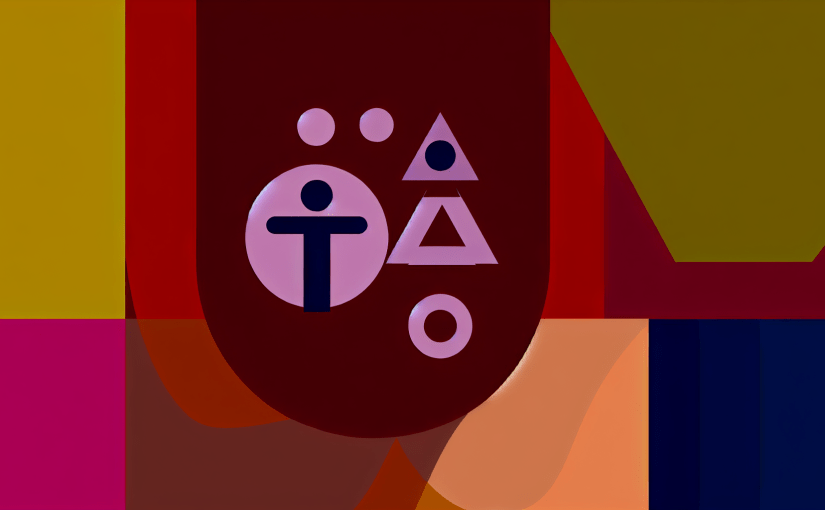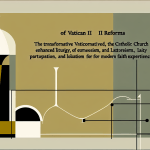Catholic Approaches to Meditation: Deepening Your Spiritual Life
In an age where mindfulness practices are becoming increasingly popular, understanding Catholic approaches to meditation can offer profound insights into the spiritual life. For many believers, meditation within the Catholic tradition opens a pathway to a deeper relationship with God, allowing individuals to experience His presence in a tangible way. This blog post will explore the various Catholic methods of meditation, the benefits they offer, and how you can incorporate these practices into your daily life to enrich your spiritual journey.
Understanding Meditation in the Catholic Tradition
Meditation, in its essence, is about reflection and contemplation. Unlike some mindfulness methods that emphasize emptying the mind, Catholic meditation invites individuals to fill their hearts and minds with the presence of God. The goal of Catholic meditation is not merely relaxation or stress relief; rather, it aims to foster a deeper communion with the Divine.
The Historical Roots of Catholic Meditation
The practice of meditation in the Catholic Church is not a modern phenomenon. It has deep historical roots that can be traced back to the Desert Fathers of the 3rd and 4th centuries, who emphasized solitude, silence, and the presence of God in their lives. Later, figures like St. Teresa of Avila and St. John of the Cross developed these ideas further, offering rich frameworks for contemplative prayer.
These historical perspectives are crucial for understanding how Catholic approaches to meditation have evolved. Whether through the writings of saints, the practices of the monastic orders, or the teachings of the Church, meditation has always been a vital aspect of Catholic spirituality.
Key Types of Catholic Meditation
Different styles of meditation can be found within the Catholic tradition, each serving unique purposes and involved processes.
1. Lectio Divina: Divine Reading
Lectio Divina, or “Divine Reading,” is a traditional Catholic practice that involves reading Scripture in a contemplative manner. It consists of four steps:
- Lectio: Read the scripture passage carefully.
- Meditatio: Reflect on the text and explore its meaning.
- Oratio: Pray over the text, responding to God.
- Contemplatio: Rest in God’s presence and allow Him to speak to your heart.
By following these steps, practitioners engage deeply with Scripture, enabling the Word of God to permeate their thoughts and actions.
2. Ignatian Meditation
Developed by St. Ignatius of Loyola, Ignatian meditation emphasizes imagination in prayer. The Spiritual Exercises of St. Ignatius guide individuals in using their senses and imagination to enter biblical scenes. This form of meditation encourages participants to feel the emotions of the characters, explore their surroundings, and hear the words spoken in the Gospels.
This approach not only deepens one’s understanding of Scripture but also fosters a personal encounter with Jesus Christ.
3. Centering Prayer
Centering Prayer is a contemporary form of meditation that draws heavily from the contemplative tradition. It involves silent prayer and focuses on being present with God. Practitioners choose a sacred word (like “peace” or “love”) that symbolizes their intention to consent to God’s presence.
As thoughts arise, the individual gently returns to the sacred word, allowing distractions to pass without judgment. This practice leads to a heightened awareness of God’s presence in everyday life.
The Benefits of Catholic Meditation
Engaging in Catholic approaches to meditation carries a multitude of benefits that can transform your spiritual life.
1. Deepening Your Relationship with God
Meditation serves as an intimate space for communion with God. By setting aside time for prayer and reflection, believers create an environment conducive to hearing God’s voice and experiencing His love.
2. Enhancing Spiritual Discernment
Regular meditation can help cultivate discernment, enabling individuals to make choices aligned with their faith. By immersing oneself in quiet reflection, guidance from the Holy Spirit becomes clearer, allowing for a more profound understanding of personal vocation and life choices.
3. Reducing Stress and Anxiety
Many practitioners find that meditative practices lead to a sense of peace and calm. Engaging in Catholic meditation helps reduce stress and anxiety levels by providing a structured time for contemplation and prayer, fostering greater emotional resilience.
4. Fostering Community and Fellowship
Many of the meditation practices can be enriched by sharing them within a community context. Groups practicing Lectio Divina or Ignatian meditation offer opportunities for fellowship, discussion, and mutual growth in faith.
How to Incorporate Catholic Meditation into Your Daily Life
Starting a meditation practice may seem daunting, especially for beginners. However, integrating Buddhist principles into your daily routine can be both manageable and enriching.
1. Set Aside a Dedicated Time
Choose a specific time each day to meditate. Whether it’s early morning before the day begins or late evening as a way to wind down, establishing a consistent time helps build a habit.
2. Create a Sacred Space
Designate a quiet area where you can meditate without distractions. This could be a corner of your room, a garden, or a church. Ensure your space reflects peace, perhaps by incorporating religious symbols, candles, or incense.
3. Begin with Short Sessions
For beginners, starting with just 5 to 10 minutes of meditation is a good approach. Gradually increase the duration as you become more comfortable with the practice.
4. Utilize Meditation Tools
Consider using guided meditations, apps, or books focused on Catholic meditation to enhance your experience. These resources can provide structure and inspiration, making it easier to engage in prayerful reflection.
5. Reflect and Journal
Keep a journal to track your meditative thoughts and prayers. Reflecting on your experiences can provide insights into your spiritual journey and deepen your understanding of God’s work in your life.
Conclusion: Embracing a Catholic Approach to Meditation
Catholic approaches to meditation enrich the spiritual life by fostering a deeper connection with God, enhancing emotional wellbeing, and promoting personal growth. By engaging in practices like Lectio Divina, Ignatian meditation, or Centering Prayer, individuals can experience transformative encounters with the Divine.
As you explore these various methods, remember that, above all, meditation is about relationship—relationship with God, oneself, and others. So, take the plunge into the peaceful waters of meditation, allowing it to reshape your spiritual path and draw you ever closer to the heart of Christ. Embrace the deep spiritual tradition the Catholic Church offers and witness the profound changes it can bring to your life.




